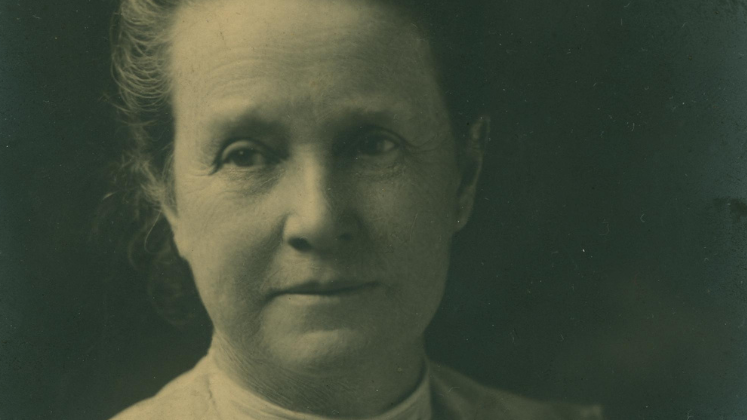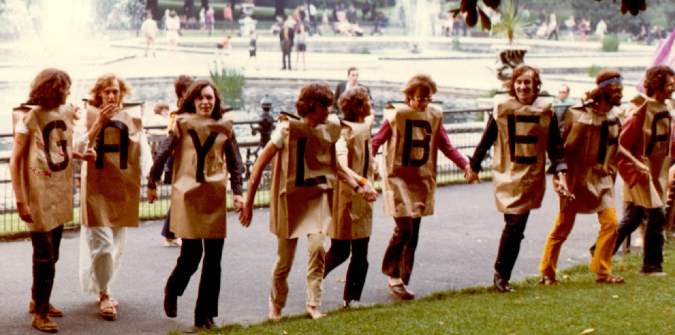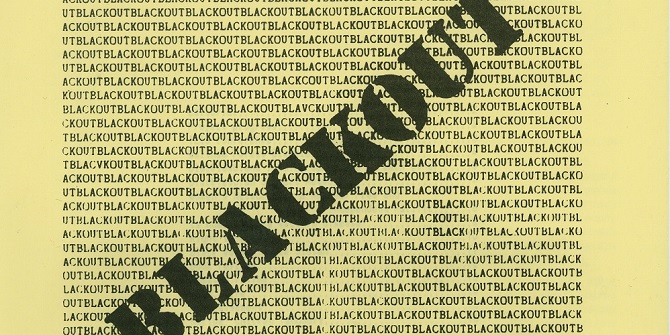LSE’s Library, the British Library of Political and Economic Science, opened in November 1896. In the first of a series of posts celebrating LSE Library’s 120th anniversary in 2016, Graham Camfield explores the founding of the Library and its changing face through the years.
For eighty of its one hundred and twenty years the Library shared accommodation with the School. During this time cramped conditions for readers and books were relieved periodically by several stages of redevelopment. Finally in 1978 the Library moved into its own building, but that was not the end of the story.
The British Library of Political and Economic Science opened in November 1896 in a room in 10 Adelphi Terrace, home of the School. The appeals for material made earlier in the year by Sidney and Beatrice Webb were yielding a growing tide of publications. Within hardly more than a year the collection numbered around 10,000 volumes, which gave the founders “good reason for believing that London will ultimately be in possession of a large and valuable specialist Library of the greatest importance to those interested in public questions.” Where and how that Library might be housed would present a challenge over the years. Growing alongside the School, it was clear that it could not long be accommodated in Adelphi Terrace.

Plans for a new building began in 1899 and fortuitously coincided with the extensive redevelopment going on around Kingsway and Clare Market. LSE’s Passmore Edwards Hall opened there in May 1902 giving the Library a Reading Room on the ground floor with a gallery and several store rooms. This accommodation with some juggling would have to last until the early 1920s when the next major redevelopment took place. Growing congestion in the General Reading Room was at last relieved by the addition of three more, each devoted to a separate area: one for statistics, one for commerce, finance and transport, and the third for the Edward Fry Library of International Law. In addition, valuable extra space was provided in the building for book storage. This was the first stage of the redevelopment and it was hoped that this would give the Library relief for a year or two from “that horrible ailment – cramp”.
The new wing on Clare Market was completed in 1925 and included a further reading room for the Cobden Library of International Trade. The new space formed, it was believed, one of the best equipped libraries anywhere, with room for more than 250 readers, five times greater than what had been available previously. Further development was made possible by a generous grant from the Laura Perlman Rockefeller Foundation. Reporting in June 1932, the Director looked forward in the coming year to the “replacement of the original British Library of Political Science by a new Library building containing below a spacious, and it is hoped beautiful, General Reading Room; above will be the Law Library and other libraries.” The number of readers’ places would be around 450, and the average space for each reader would increase.
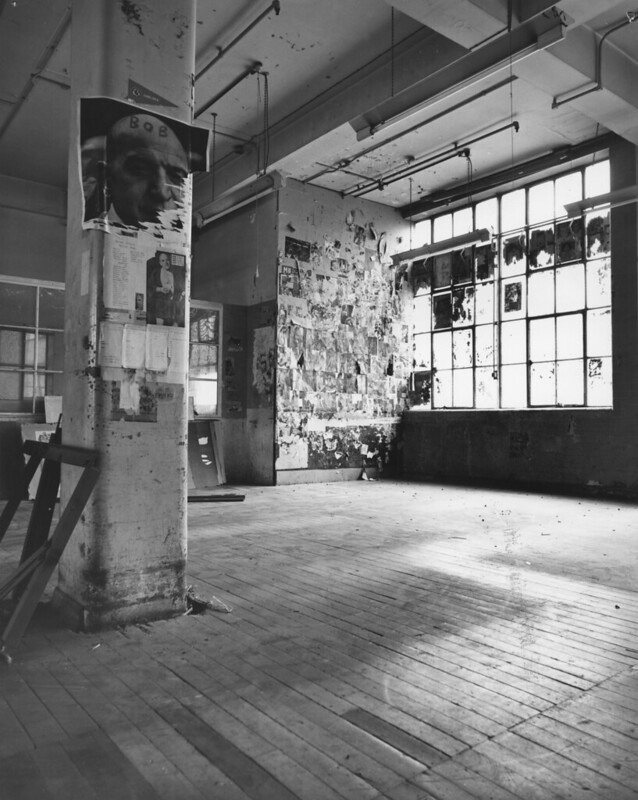
Towards the end of the 1930s Library space once more became a pressing issue highlighted annually with increasing concern by LSE Director Carr-Saunders. “Somewhere”, he wrote in 1939, “space must be found, and somehow funds must be raised for this special purpose. The Library is one of the great possessions of the School, and it is essential that its growth should not be checked. It is increasingly used by scholars and research workers coming from long distances, and it is unthinkable that support will not be forthcoming to enable an institution of national, and almost international, importance to continue to render its unique service”.
The acute lack of book storage continued through the 1950s and 1960s, when some relief was gained from the University Depository which opened at Egham in 1961. By the end of the following year, however, the space allocated there to LSE was virtually filled and, looking forward long term, planning had started towards a completely new Library building. Early in 1970 a solution to the long standing problem of space finally emerged with the opportunity to purchase neighbouring Strand House. Several years of planning and fundraising ensued to make this a reality, a new library building with sufficient space to house all material onsite, and mostly on open access. Renamed the Lionel Robbins Building, it was formally opened on 19 July 1979.
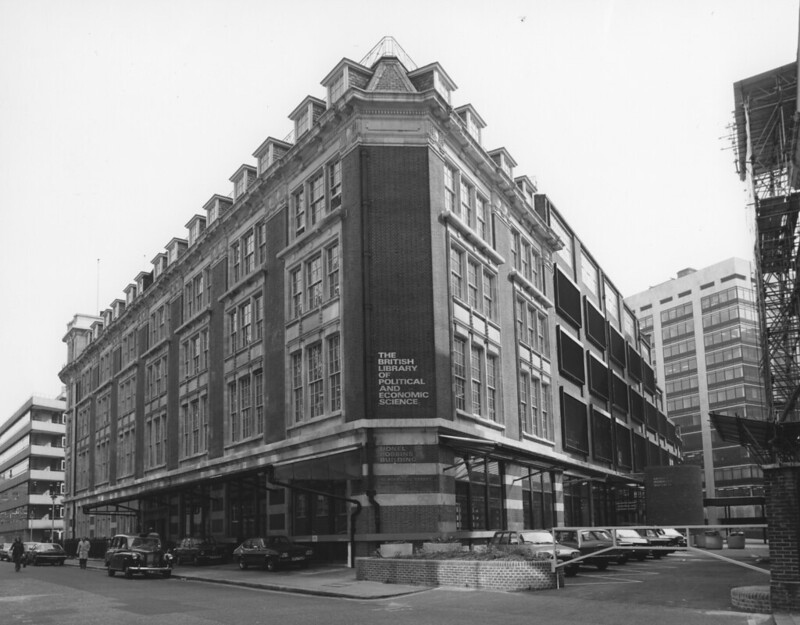
The new space served well for almost two decades, but in 1996, as the Library celebrated its centenary, plans were in hand for a complete redevelopment. Starting in 1999, for around eighteen months collections were temporarily moved out and made accessible in nearby Southampton Buildings or by fetch from store in South East London. That work was completed in 2001 and since then further developments have reconfigured space for readers and collections. Library space continues to evolve to meet the changing demands of study, research and access to print and digital resources.
Listen to Graham Camfield’s LSE oral history
Posts about LSE Library explore the history of the Library, our archives and special collections.


